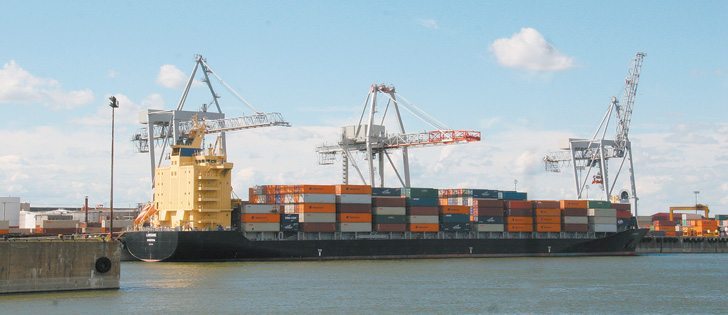Another meeting? Farmers will protest, fairly, that they already have too much to do, but that’s exactly what I’m suggesting.
The summer, mid-July perhaps, is a great time to step back from the urgency of production and review where things are at. It’s a state-of-the-union concept but presented in the form of a meeting.
Mid-July is half way through the calendar year and farmers will have a better idea of what to expect from production.
Such a meeting should:
Read Also

Downturn in grain farm economics threatens to be long term
We might look back at this fall as the turning point in grain farm economics — the point where making money became really difficult.
• have an agenda with a date and
location set. The meeting should include an operations report, but it is not an operations meeting. The focus should be on ownership and management related matters. Agendas should be circulated in advance;
• include shareholders and stakeholders, who have a vested interest in the family business. Family members who can’t attend in person can participate by phone or the internet. They should have relevant materials;
• ideally be held off-site where interruptions can be managed. I don’t think cellphones should be turned off because workers will need access to management;
• be held annually. Notes should be kept and distributed to participants after the meeting. Agendas and notes should be kept in a binder in the office for review and reference;
• be chaired and follow general business meeting function. There can be movers and seconders, but consensus based decisions are usually good enough.
The agenda should include the following topics.
Operations
This is an update on related activities and what’s worked well and what hasn’t. Record suggestions for changes for next year. Include yield prospects and comparisons to original projections and five-year averages.
Marketing
This is an update on related activities. It should include changes in and adjustments to market position, factoring in revised production projections, Canadian and global supply and demand and market developments, such as weather incidents.
Finance
This is a year-to-date report that includes actual to budget comparisons for cash flow and expected yearend profit. It also reviews and adjusts capital acquisition plans in view of the year-to-date financial and production picture.
Risk and opportunity
What opportunities have arisen or could be pursued? What risks, internal and external, have arisen or may develop? What can be done to capitalize on the opportunities and mitigate the risks?
Family and business
This part of the meeting will provide the opportunity to discuss key family events and related important information.
It also gives the opportunity to discuss business related matters in the context of their potential impact on family.
Putting farm succession on the agenda each year, even if the farm family members are young, will help entrench succession into ongoing farm planning and management discussions. More focus will be needed if succession is imminent, in the next five to seven years.
Other
These are agenda items specific to the farm family. Ideally, any additional items should be included on the circulated agenda so there are no surprises and people can consider the item in advance of the meeting.
A mid-year review provides three benefits:
• a structured meeting will encourage farm families to refocus. It is a pause from working in the business and shifting attention to working on the business;
• it will encourage communication, which is so important in owning and managing family businesses;
• it may result in mid-year adjustments that improve year-end outcomes.
Terry Betker is a farm management consultant based in Winnipeg, Manitoba. He can be reached at 204.782.8200 or terry.
















